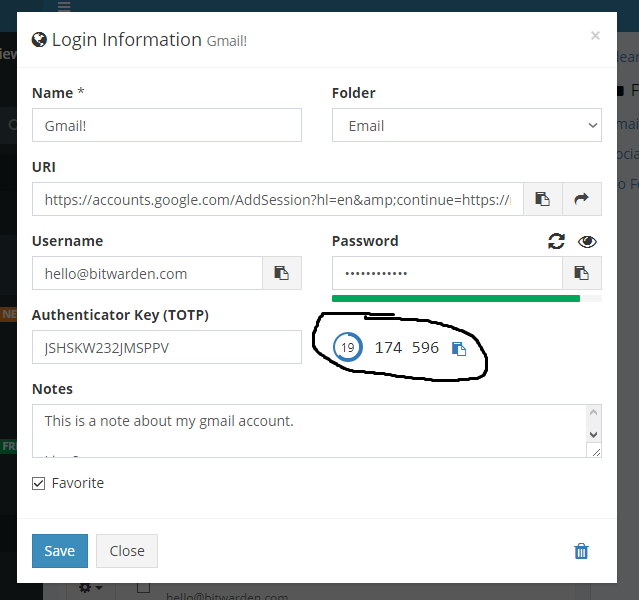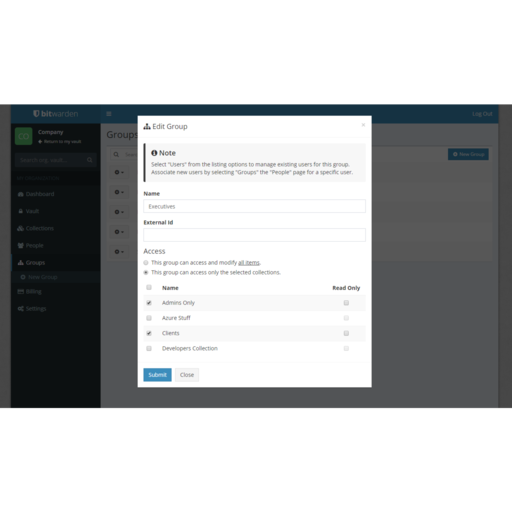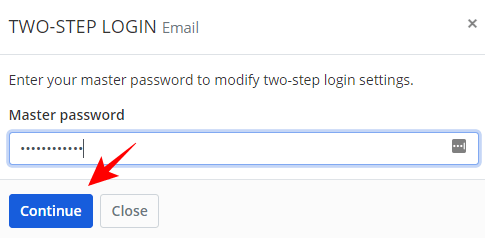
This approach makes your accounts much more secure.ĪTMs use a form of 2FA. That gives you something non-physical (the password) and something physical (the smartphone). Most of the time, 2FA systems combine something you know with one of the other two factors.

This is where two-factor authentication (2FA) comes into play.Īs the name implies, two-factor authentication means you can’t sign into your account with just a password. While we can’t force big companies to stop being careless with the personal data they extract from us, we can improve security on our end. It is clear that things need to change and we all need to up our security game. Ransomware attacks are aimed at everyone from individual users to large corporations and even cities.Phishing attacks that try to trick you into giving some creep access to your data remain a major threat.Breaches of corporate databases containing our personal information keep increasing (see the Compilation of Many Breaches COMB).

Many people are victimized but don’t even know if for months due to slow or non-existent reporting by corporations and other organizations. We all know people who have had their data stolen from one account or another. But first, let us set the stage for this discussion. If the user didn’t receive the code, they can either try to get another one or cancel the login process.In this guide we’re going to introduce you to two-factor authentication (2FA), and show you how to set it up for many of the most popular online services.

To continue the user has to enter the verification PIN code into the form. As an additional security measure, you can specify a separate email address on a per-user basis specifically for delivering 2FA verification codes.

This verification code is generated automatically and sent to the user by email. When 2FA is enabled on a website, it requires a user to provide an additional verification PIN code when signing into the website. Two-factor authentication has long been used to control access to personal and financial data processed in banks or insurance companies and today website owners are increasingly using 2FA to protect their users’ accounts from cybercriminals exploiting weak or stolen WordPress passwords and compromised credentials. Two-Factor Authentication or 2FA provides an additional layer of security requiring a second factor of identification beyond just a username and password. How to secure user accounts and prevent account takeover with two-factor authentication Posted By Gregory - JanuTwo-Factor Authentication for WordPress


 0 kommentar(er)
0 kommentar(er)
